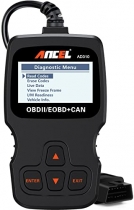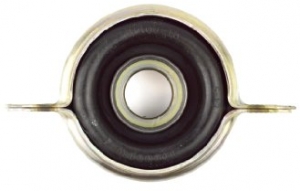-
Welcome to Tacoma World!
You are currently viewing as a guest! To get full-access, you need to register for a FREE account.
As a registered member, you’ll be able to:- Participate in all Tacoma discussion topics
- Communicate privately with other Tacoma owners from around the world
- Post your own photos in our Members Gallery
- Access all special features of the site
Sound damping: Rear cabin vent
Discussion in '1st Gen. Tacomas (1995-2004)' started by Colchicine, Feb 22, 2019.


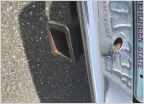 What was this rear bumper part that’s now missing?
What was this rear bumper part that’s now missing?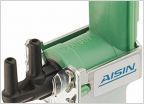 Code P0401
Code P0401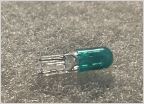 AC console bulb
AC console bulb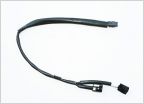 Mystery coolant leak
Mystery coolant leak Successful 1350miles trip
Successful 1350miles trip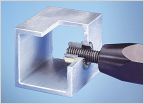 1st gen, building a farm truck wooden rack inside the box.
1st gen, building a farm truck wooden rack inside the box.






















































